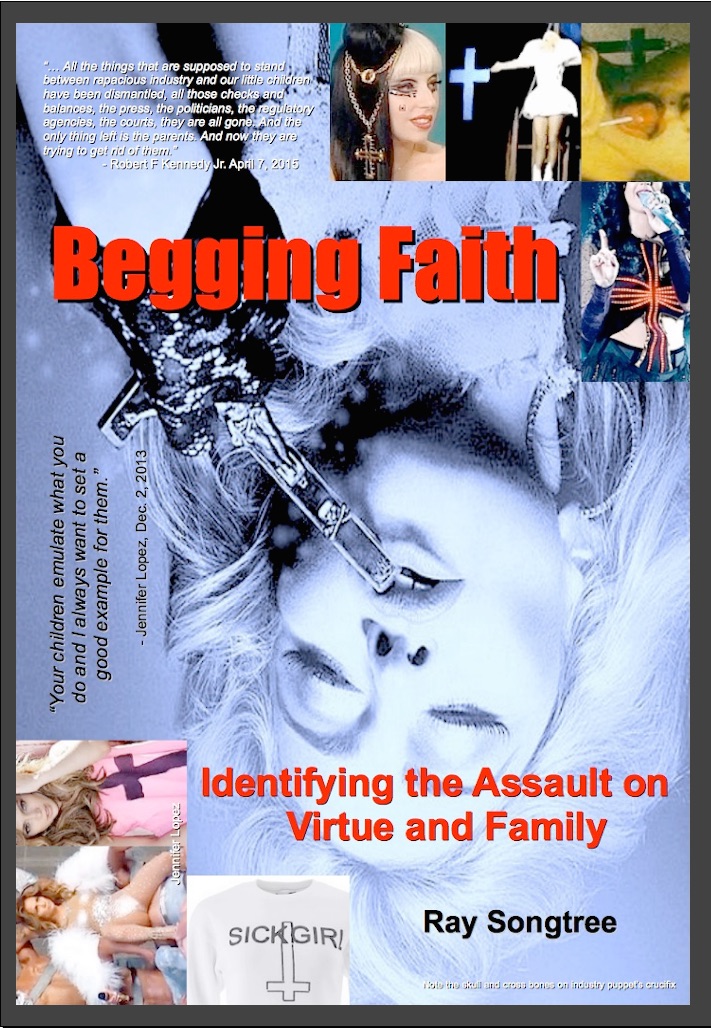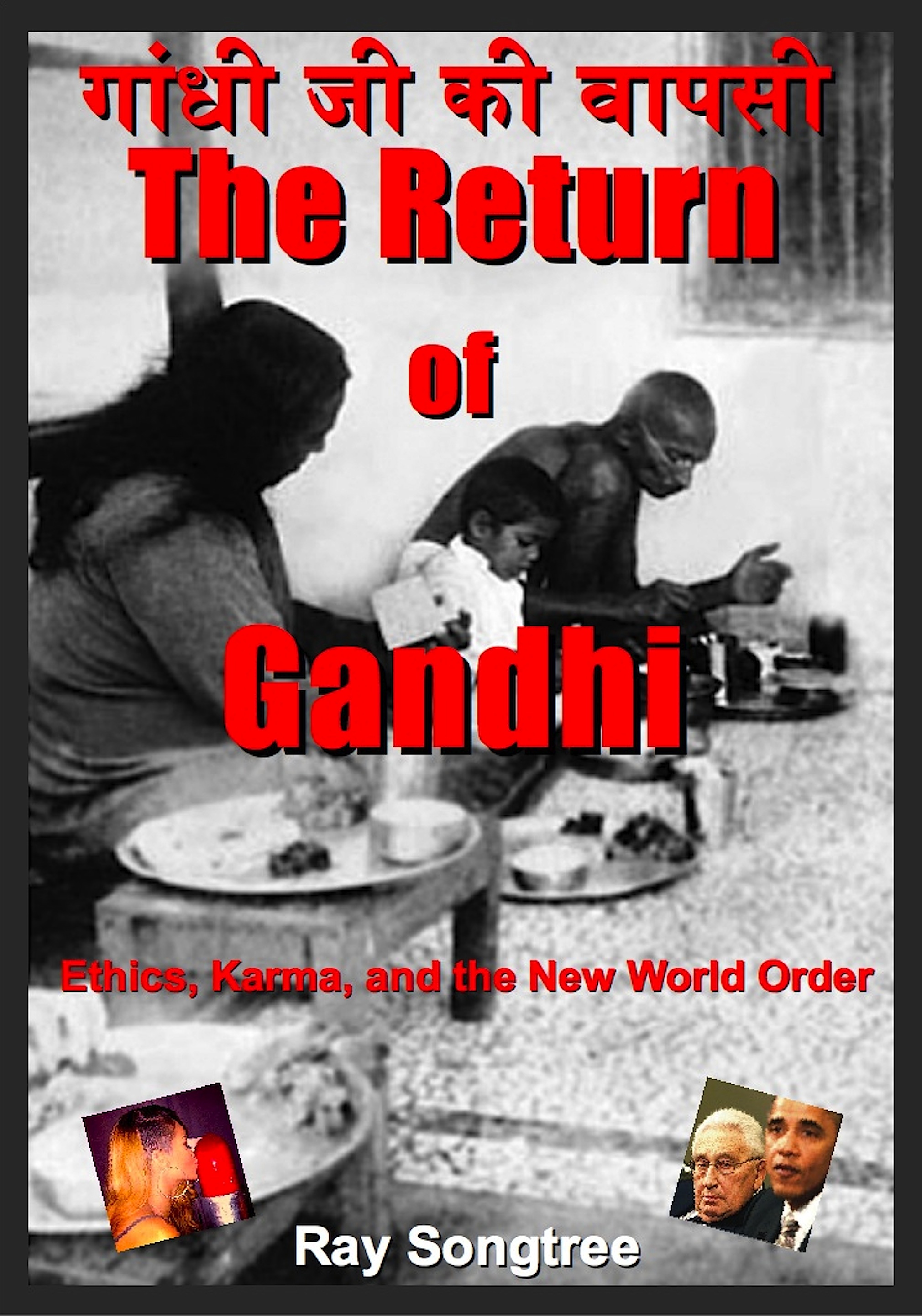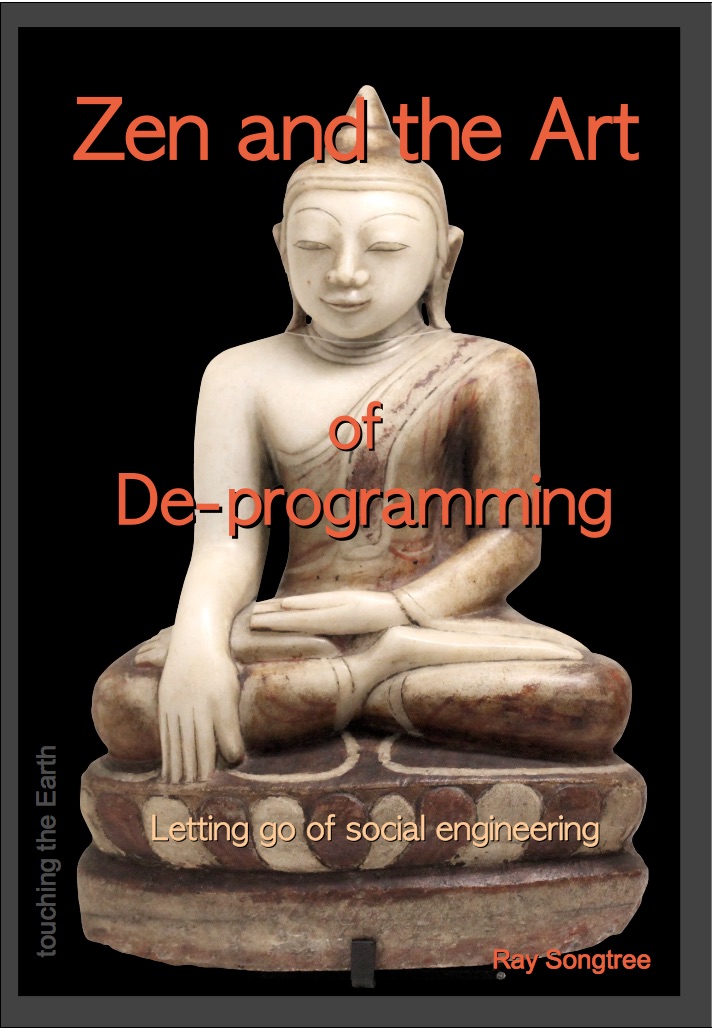Hi T,
I’m half way through Derrick Jensen’s new book Myth of Human Supremacy. This older book Dreams you mention, looks more interesting to me actually, as what he is saying in this one is already very familiar to me personally.
I only have petty differences with what he says. For example, it is not all humans who are supremacist, and this supremacy existed before industrial sapiens. So it is not an industrial or scientific root of supremacy, these are more like rotten fruit. I see two sources (at least). Moses Monotheism and Sanskrit Brahmanism. Both create arrogant abusive entitlement. Another perhaps more ancient root is whoever built pyramids, and it wasn’t stone age people. All three are off planet. We have to factor this. So from our origins as a civilization to the current back engineering of crashed space craft, and production of integrated circuits, teflon, etc, we see this off planet intrusion on the organic. (I have met people who had family that back engineered parts at NASA. These people are regularly killed to keep the silence.)
Some being(s) are trying to claim Earth as their domain and they have been at it for ages. They feel that they are the owners, here to farm everything, using us as slaves. Since they are just harvesting another planet, in their eyes, they have as much compassion as a hunter shooting a deer. I have to eat.
It is also disturbing to think of Hopi memory and worlds coming and going. Yet their prophecy is not like their memory, it shows a long straight true road for those who touch earth.

I don’t want to cry uncle just yet, but how poisonous will things get before collapse? And if collapse does not have a will to clean up, then we are septic. So creating this will or hope is something we can give younger people, IMO.
I feel in all worlds we must confront abuse….
Abuse might be universal. Caste and slavery might be everywhere. Wolves, for example, have an alpha. Some wise bird leads the flock of geese. Social creature have one-upsmanship. Someone leads, and to keep the leadership relevant she or he is contested. Then one must uphold one’s own space. Then one can get vain about this.
So in my writing, I have boiled “supremacy” down to “vanity,” and from what I have seen from other entities, it is a problem in other realms too.
Vanity is endless because identity has vanity. Let me start over. To be conscious means we recognize that we exist in a context. So there is always identity. And with idenity comes the temptation of vanity, and that temptation is built into identity. As soon as we say I am, we are there with “I am something.” and there is the vanity, built in. I am not the context, I am something. Vanity. So, there no heaven or utopia waiting because we are always going to have ourselves to wrestle with, and if we don’t wrestle than we have fallen.
That kind of leads back to ongoing awakening. We need to start with purifying ourselves and never stop. Because we would only stop in the name of vanity 🙂
Ray
On 6/8/2016 at 9:17 AM, T wrote:
Hi Ray
I like the picture of balls of natural wool in our ears so we don’t have to listen to the whining…!Dreams are interesting, maybe tapping into synchronicity if we can grasp it.Derrick Jensen wrote a book “Dreams”, I haven’t read it yet, sounds very very interesting…!Here’s the blurb about it on his website: http://www.derrickjensen.org/work/books-dvds-cds/“Jensen’s furthest-reaching book yet, Dreams challenges the “destructive nihilism” of writers like Richard Dawkins and Sam Harris who believe that there is no reality outside what can be measured using the tools of science. He introduces the mythologies of ancient cultures and modern indigenous peoples as evidence of alternative ways of understanding reality, informed by thinkers such as American Indian writer Jack Forbes, theologian and American Indian rights activist Vine Deloria, Shaman Martin Prechtel, Dakota activist and scholar Waziyatawin, and Okanagan Indian writer Jeannette Armstrong. He draws on the wisdom of Dr. Paul Staments, author of Mycelium Running: How Mushrooms Can Help Save the World, sociologist Stanley Aronowitz, who discusses science’s lack of accountability to the earth, and many more. As in his other books, Jensen draws heavily from his own life experience living alongside the frogs, redwoods, snails, birds and bears of the upper northwest, about which he writes with exquisite tenderness.Having taken on the daunting task of understanding one’s dreams as a source of knowledge, Jensen achieves the near-impossible in this breathtakingly brave and ambitious new work.
—–Original Message—–
From: ray To:T Subject: Fwd: Technology’s False Hope (and the Wisdom of Crows) (repost)
Hi T,The author below still thinks a market runs the world, and doesn’t see that someone is running the market. If we can bust the elite, we will simplify, as he says, and who cares if dreamers want techie toys, we can use balls of wool to stuff our ears so we don’t hear their whining 🙂 (I call nostalgia…. whining)
If we don’t bust them, then we are dead meat. IMO.
A baby bird I was hand feeding for 4 days died. Bummed me out. I had a dream about a guest coming in a red sedan, and later that day they pulled up in a red sedan!
Next night I dreamed of earthquakes and volcanoes, I think S. America.
Last night was with a woman friend but not sexual, but naked, witnessing some extravagant performance.The sedan dream was very interesting. It was the same car. How does that work?????
Ray
—– Forwarded message from T—–Technology’s False Hope (and the Wisdom of Crows) (repost)
I am reposting, in their entirety, the ten articles I wrote that were published in SHIFT magazine (which is now on hiatus) between 2013 and 2015, since some of the links have changed and so that my blog contains the full text of these articles (useful for searches etc.) Thanks to SHIFT for the graphics (much better than my originals), and for publishing and editing my work.
“What have we to do but stand with empty hands and palms turned upwards
in an age which advances progressively backwards?”
— TS Eliot, Choruses from The RockOnly a decade ago, I was part of the Strategy and Innovation Core Team for a huge multinational consultancy, and writing exuberantly on my (then-new) blog about innovation and technology and how they could possibly save the world. The image above, from the Credit Suisse First Boston New Economy Forum Synthesis, describes a universal “technology development process” popular at the time. One of the leading business speakers in those heady days was Chris Christensen, author of The Innovator’s Dilemma and The Innovator’s Solution, whom I more or less idolized.
And then something happened. My own research into the history of innovation and technology suggested that, rather than being the result of rigorous process, excellence and inventiveness, most enduring technologies of any value seemed to be the result of fortuitous accidents, or were the throw-away byproducts of massive, outrageously expensive military programs. Complexity science was by then throwing serious doubt on a lot of accepted theories about how change actually happens in organizations and societies. Ronald Wright’s book A Short History of Progress and similar works by Jared Diamond and others argued that ‘progress’ was an illusion, and that all civilizations inevitably collapse (taking the capacity to support their technologies with them).
We actually likely lived healthier, happier (and often longer, when we weren’t eaten by predators) lives in prehistoric times, it seems, way back before the inventions (or more accurately discoveries) of the first great technologies (the arrowhead, fire, the wheel, and then abstract language and later, agriculture (which Richard Manning in Against the Grain says should more accurately be called “catastrophic agriculture”), enabling the unnatural human evolution we call “settlement”. Settlement brought with it a blizzard of new problems for technology to solve (most notably infectious and emotional diseases), and each well-intentioned new technology has produced yet more problems, arguably greater in number, size and intractability than the benefits the earlier technology provided.
Nothing is new in any of this. Back in 1994, in his book Beginning Again, David Ehrenfeld described our civilization’s technological underpinning as a ragged flywheel, over-built, patched and rusty, spinning faster and faster and now beginning to rattle and moan as it inevitably comes apart.
In the past decade, disillusionment with innovation and technology has grown. Christensen’s work has been largely discredited by a review (by Jill Lepore in the New Yorker), with the benefit of hindsight, suggesting that “innovative” companies don’t ultimately fare any better than those they “disrupt”. A recent study by Peter Thiel in MIT Technology Review claims “technology stalled in 1970”. As global corporate power is consolidated in fewer and fewer hands, he explains, there is less and less motivation for innovation and more wealth to buy it out and squelch it, with the help of armies of IP lawyers.
My own research in recent years substantiates this claim. My greatest learning from 35 years in (and studying) organizational culture has been that size is the enemy of innovation and that most of the useful and creative things that happen in large organizations happen through workarounds by people on the front lines, in spite of, not because of, the cultural tone and processes established at the top. Looking back at hundreds of expensive strategic and change-oriented programs and projects I was involved with (including not a few that I led myself) there is almost nothing left to show for them ten, or even five, years after they were conducted.
The most damning critique of the Kurzweilian technophilia that so many bright people now embrace comes from John Gray, who devotes an entire chapter of Straw Dogs to deconstructing the idealistic and uncritical notions that technology, in the long run, steadily and sometimes astonishingly improves our lives. He writes:
If anything about the present century is certain, it is that the power conferred on ‘humanity’ by new technologies will be used to commit atrocious crimes against it. If it becomes possible to clone human beings, soldiers will be bred in whom normal human emotions are stunted or absent. Genetic engineering may enable centuries-old diseases to be eradicated. At the same time, it is likely to be the technology of choice in future genocides. Those who ignore the destructive potential of new technologies can only do so because they ignore history. Pogroms are as old as Christendom; but without railways, the telegraph and poison gas there could have been no Holocaust. There have always been tyrannies, but without modern means of transport and communication, Stalin and Mao could not have built their gulags. Humanity’s worst crimes were made possible only by modern technology.
Whether we believe that innovation and technology ultimately make the world better or worse, there is now overwhelming evidence that they are unsustainable in any case. Between economic over-extension, energy over-dependence, and the ruination of our atmosphere and other environments by our civilization and its technologies, it is now almost inevitable that we will soon see a collapse that will make the Great Depression, and perhaps even the five previous great extinctions of life on Earth, look like nothing.
This collapse is going to require us to live a much simpler, more local and more diverse and place-dependent life. We are destined to be very nostalgic for the good old days of modern technology as soon as it is gone, and that’s likely to happen soon. Modern technology requires cheap energy, and, notwithstanding the recent power games between the US and Russia temporarily and artificially driving down oil prices, we are quickly running out of it. Modern technology requires massive standardization and globalization, and without cheap oil, cheap foreign labour and cheap raw materials, none of which is sustainable, we cannot expect it to last much longer. A barrel of oil replaces six person-years of labour, and when those barrels become unavailable or unaffordable, the vast majority of what we all do is going to change drastically.
But at least, you may insist, the Internet will survive and it will allow other technologies to continue to thrive even if they must be manufactured and operated more frugally and locally. Dmitry Orlov, as he explains in The Five Stages of Collapse, clearly doesn’t think so, and the staggering cost and time required to keep the Internet afloat when the economy is in free-fall seems utterly unsustainable as server farms become luxury items and people’s time is diverted to living sufficiently in the real world.
Likewise with other technologies we pin great hopes on for our future, or have come to take for granted: solar panels and other expensive and resource-dependent goods; the private automobile; non-emergency airplane travel; the miraculous products of the pharmaceutical and plastics industry (including synthetic fibres); industrial agriculture; the mass media, and anything that depends on a reliable and consistent electrical or communications grid.
What will life look like without oil-powered technologies? It will vary hugely from one increasingly-isolated community to the next. Much will depend on the state of the land (the quality of the soil, its capacity to produce sustainable food, the proximity to abundant healthy clean water, its vulnerability to drought, floods, pandemics and natural disasters induced by climate change), the number of people in the community that must be supported, their cohesion as a community and their physical and mental health, essential skills and capacities.
It will depend on our collective ability to live sufficiently, not extravagantly, and to be resilient to change. Dmitri Orlov, in Communities That Abide, says such communities need three qualities: (1) self-sufficiency, (2) able to self-organize and recover in the face of calamity, and (3) mobility: not being tied to any one place. Most modern technologies don’t fit well with such a model.
Ronald Wright not only wrote the aforementioned A Short History of Progress, but also the novel A Scientific Romance, which depicts life in the present-day UK centuries after collapse. When I read it, I was struck by how much our ancient human nature (as scavengers, more like crows than fellow mammals) comes out in his vision, and how much the world he describes resonates with the world described in Pierre Berton’s book The Great Depression. Both books describe worlds that are accepting (or even resigned), self-supportive, full of struggle and joy, and only occasionally (and briefly and spectacularly) violent.
Both books describe people initially trying to perpetuate their technologies, to make them work illogically in a world where the underlying infrastructure can no longer support them. And both books describe how people finally let go of these technologies, and free themselves from dependence on them.
It is not so terrible, a world without modern technologies and the Internet. It is the world hoped for in Mark Kingwell’s The World We Want and Thomas Princen’s The Logic of Sufficiency, though it will not come about as elegantly as their authors would have hoped. Technology has always offered us false hope, and continues to do so (the latest technological “miracle” sold to us was fracking). The sooner and more gently we let go of it, and our dependence on the systems that it underlies so precariously, the sooner and more gently we can begin to make our way to a more resilient way of living.
Crows, a spectacular evolutionary success both with and without us, have much to teach and show us in this regard. They have almost no technologies, and those they have discovered (e.g. the elaborate use of hooked sticks) they hold lightly, using them for non-essential, amusing tasks. They have a sophisticated sense of fun, and creatively use their leisure time joyfully and exuberantly whenever and wherever it’s available. They love, support and teach each other without expecting reciprocation. They adapt themselves to places, instead of foolishly attempting to adapt their chosen places to them.
Technology’s false hope can bring us only disappointment, sorrow and suffering. It’s time to learn to let it go, gradually but starting now, and give up our dreams of “smart” technologies that are too smart for our own good. In so doing, we will embrace not progress and the wisdom of crowds, but resilience and the wisdom of crows.




